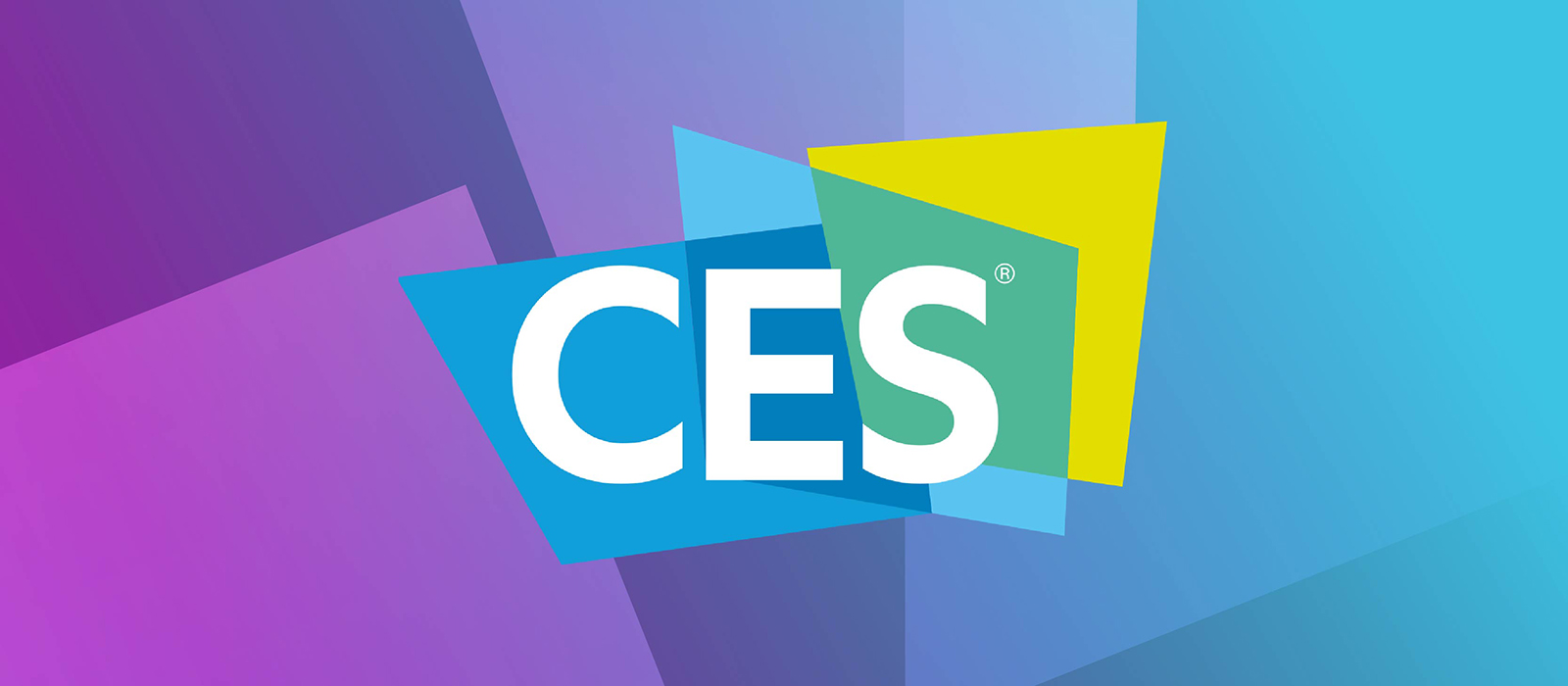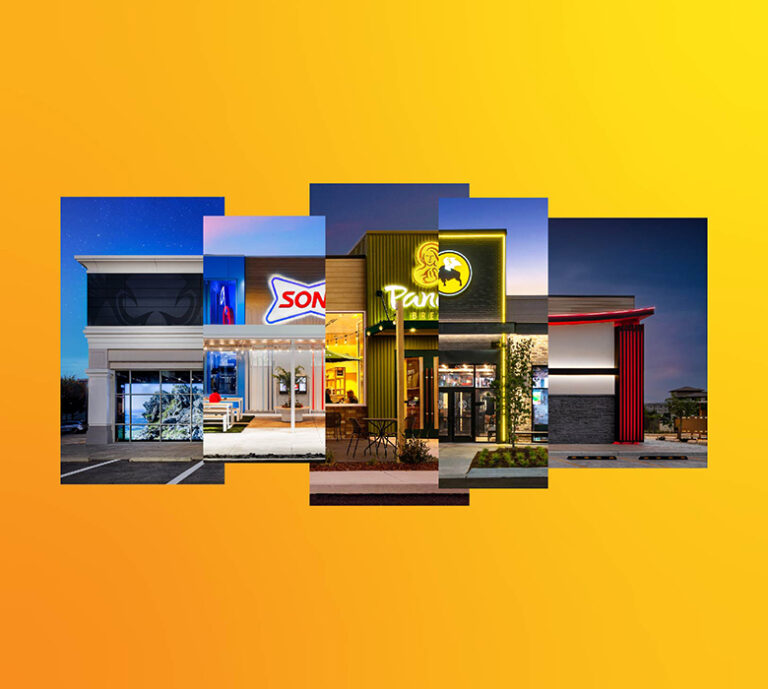×

Our Executive Director of Architecture, Glen Middleton, shares how brands should be approaching sustainable retail design.

Innovation is an interesting endeavor. It’s sometimes hard to quantify or qualify, and it can prove elusive. You can’t see it, you can’t necessarily hold it, you can’t throw it against the wall to see if it sticks. But when it happens, you can feel it.
When it comes to innovation, the automotive industry was front and center. CES has become a showcase for the way we’ll all get from point A to B in the very near future. And while EV sales might currently be flat, electrification and alternative fuels are paving the way forward, and many manufacturers introduced new models or new fuel systems.
One of the pitfalls of EV ownership seems to be ‘range anxiety’ and several manufactures are working to develop better batteries and power storage systems. Jackery was one company that displayed several systems, including an off the grid camping attachment to a Ford Raptor that was solar cell based. Generators and power storage units were plentiful amongst new products.
From a design perspective, it was clear that Kia is continuing their hot streak. They highlighted interchangeable agility for a multi-function van concept and launched their new third row EV, the EV9. Two other concepts, the EV3 and EV5 were also introduced at their spectacular Kia House. The EV9 is not only a means for transportation, but also helps keep the home running when local power is out.
Meanwhile, Honda had two impressive launches, their two Honda Zero EV vehicles, the (large!) Saloon and the (even larger!) Space Hub vehicles. They showcased an array of new thinking for EVs and were loaded with new technical features such as video screens between the headlights and LIDAR self-driving software.
Honda’s other big news was the reveal of the new Afeela, a vehicle collaboration with Sony. True to Sony’s roots, the Afeela features amazing sound producing (as well as noise cancelling) technology. One feature Afeela shared with the Honda EVs was a video screen which ‘replaces’ the traditional grilles on cars. Positioned between the headlights, the screens looked to incorporate customizable messaging. That should prove interesting with the ‘road ragers’ out there. The Honda Zero briefcase inspired scooter was an amazing look at how common tech can be repackaged and defy current paradigms in design.
Meanwhile, Hyundai displayed an interesting concept where rooms/living quarters themselves became more mobile and incorporated a multitude of configurations. Hyundai showcased a dramatic new proprietary technology that can produce clean hydrogen from discarded plastic waste. When implemented, innovations like this could be a real game changer when it comes to a greener planet. We wouldn’t be surprised if additional hydrogen fuel systems start to grab some of the news soon.
It was interesting to see how similarly ‘packaged’ the human spaces became when the driver is removed from the equation (think square, with wheels pushed to the edges). Perhaps the message here is that when innovative solutions start to gain traction, the rate at which they are replicated can foretell success.
To say Artificial Intelligence (AI) was also on full display at CES is an understatement. It was difficult to find any sort of consumer electronic products that didn’t rely on, or at least incorporate AI in one form or another. As we walked through a sea of robotic vacuums and EVs, we wondered, what does the proliferation of AI mean for retail?
AI’s strengths lie in optimizing and executing tedious tasks and analyzing mountains of data at amazing speeds. But AI is so much more than that. There are benefits to integrating AI to delight shoppers. Last year we explored how AI is reshaping the retail industry, but what’s changed? What’s stayed the same?
AI should ultimately be the bridge that helps stitch online and in-store experiences together. It’s about using technology to improve both the in-store and digital experience and create a more seamless customer AND employee experience.
Promotions and shopper specific communications should also be enabled through AI. The products we buy will be smarter and more connected than ever. Our homes will connect to our vehicles, our vehicles with our phones, everything in a connected ecosystem that could bring about a new age of efficiency. AI will be used to create a more holistic experience for people’s day-to-day lives.
With all this new technology, and the proliferations of screens in all places, it’s critical brands don’t lose sight of what makes its brand human. Not every experience requires that we be able to stream our favorite content or shop. If executed correctly, new tech developments and offerings should amplify, not take away, from the customer experience.


